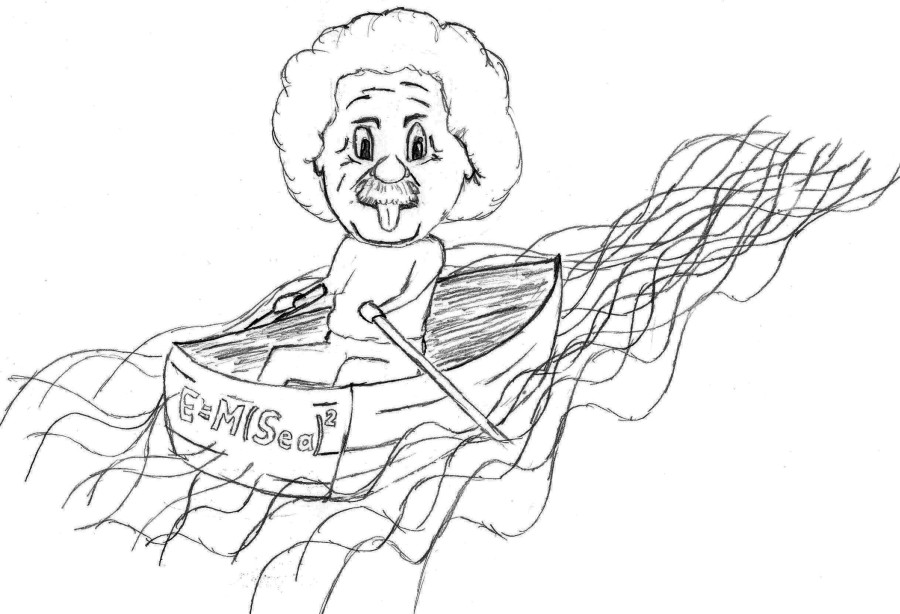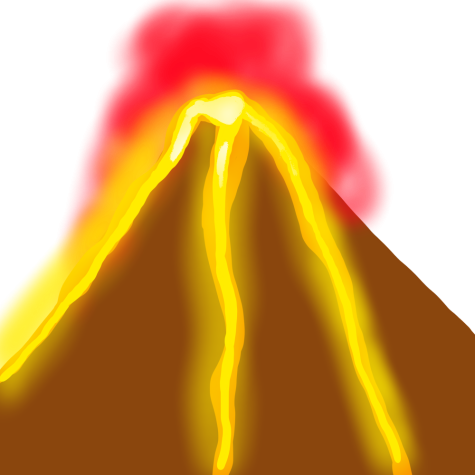Einstein was right, gravitational waves contact humanity for the first time
Just recently on Feb. 11, the world was shocked by an astonishing discovery in the astronomy field. Gravitational waves, which were the last part of Einstein’s predictions in his theory of general relativity, were detected for the first time in history by the Large Interferometer Gravitational Wave Observatory (LIGO). The sensitivity of the new devices proved to be the main element contributing to the success of the findings. LIGO has developed its twin laser towers since 1974, 60 years after Einstein’s contention. This breakthrough elevates the height of brilliance that Einstein is known for, but not everyone is familiar with the topic being discussed.
To begin with, gravitational waves are distortions as a result of energy-packed events in space. Different from what we would expect when talking about space, in regards to Einstein’s theory, the space involved is in context of space-time in which space and time are combined as a single variable. There are unique sources to such distortions, including colliding black holes, collapse of stellar cores, coalescing neutron stars and the remnants of gravitational radiation following the birth of the universe. All these sources create different gravitational strengths, with colliding black holes as the source for the strongest. Einstein predicted this dating back to 1916, and proofs of its existence would not appear until 1974 when the Arecibo Radio Observatory in Puerto Rico discovered an orbital event between two heavy stars that seem to coincide with Einstein’s conjecture. Ever since then, scientists have been monitoring the developments of the system and recently were able to “feel” gravitational waves.
“Gravitational waves provide a completely new way of looking at the universe,” said Stephen Hawking, a prominent theoretical physicist. “The ability to detect them has the potential to revolutionize astronomy.”
Space endeavors come with great risks as a result of gravitational waves. Being able to sense this phenomenon allows astronomers to adapt and understand its behavior. This will lead to new signals being received by advanced technologies, ultimately allowing scientists to predict the locations of potential merging black hole activities or unravel mysterious events such as the Big Bang. Many experts have likened this discovery to a deaf person gaining the ability to hear.
“This is really big for the scientific community,” said Mrs. Cate Majka, a physics teacher. “It will allow us to counter gravity, revolutionize space travel, and unravel the mysteries about gravity.”
As of right now, the twin LIGO laser towers reside in Louisiana and Washington State. To further increase the sensitivity of the devices, the region covered will be expanded as far as India and Europe. Investment plans of over $1 billion have been made by National Science Foundation to build stations in India and other regions across the planet. Available European laser interferometers are being set to make the detection of gravitational waves a routine. Predicted outcomes of the future plans include pinpointing of the sources of these gravitational waves and learning specific features about them.
These waves are unique. Unlike visible light waves, gravitational waves can carry information about their origin without being altered by stellar objects. Through dust, visible light waves would not be as clear as expected from its light source. But for gravitational waves, information about their source is maintained throughout their journey to either Earth or other planets at the speed of light. With this knowledge, the possibility for scientists to observe some astronomical catastrophes and stars is now within reach.
Your donation will support the student journalists of Saint Viator High School. Your contribution will allow us to purchase equipment and cover our annual website hosting costs.













